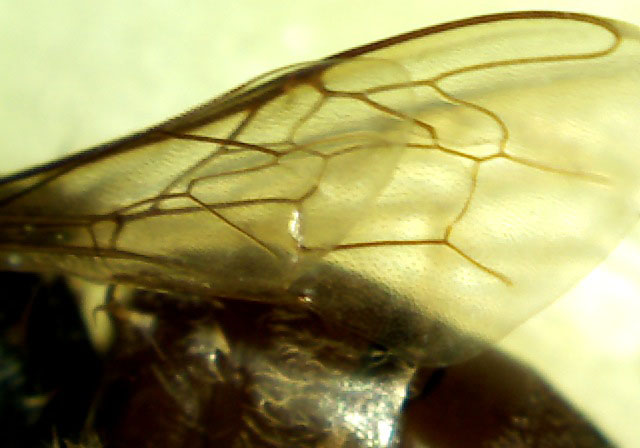We have grounded honey bees for quite some time now. We have sent them “to their room” in a sense by placing them in boxes that we then move where we want—and when. Although we have done this for good reason, we also have reason to take a closer look at our practices and make time to consider alternatives.
An Alternative for Keeping Bees
One such alternative involves bee trees. In years past, we found such trees in forests here—trees that were home to a colony of bees, a place where the bees crafted the combs of beeswax that held their young and their larder, and served as the night spot for the entire colony. The combs also provided refuge during storms and throughout winter. Such trees still exist, but here today they tend to be street trees in towns and cities. As we know, times are tough for the bees; turnover in these trees tends to be quite high.
The alternative housing with bee trees involves a different kind of “use” of a tree. Instead of inhabiting the tree itself, the bees inhabit a hive that is attached to a tree. No longer grounded and no longer moved about, the bees in tree hives may have a different story to tell their young. They may have a different story to tell us as well about how we might continue to improve our ways in keeping them. With ongoing research, we may make gains by evaluating our traditions with an open mind.
SRC: To learn more about tree hive bees, visit: treehivebees.org.

